When news outlets and social media lit up the afternoon of Thursday, April 21, with reports of Prince’s death at his Paisley Park estate in the suburbs of Minneapolis, the initial shock and disbelief quickly gave way to an outpouring of tributes. Quoting from his immovable mountain of lyrics, and posting photos and video clips spanning decades, fans helped paint a vivid portrait of an artist, singer, songwriter, multi-instrumentalist, producer, consummate performer, and visionary genius whose impact on an entire generation is still almost impossible to quantify. (As of this writing, the cause of Prince’s death has not yet been made public.)
It’s ironic, because as much as he did to bring so many people together, the Purple One (or more affectionately, the Kid, as hardcore fans of his quasi-autobiographical film and career-defining smash Purple Rain still refer to him) had a rocky relationship with the Internet. Cut from the same eccentric cloth as James Brown, Jimi Hendrix, Sly Stone, Stevie Wonder, and George Clinton, he was a supremely gifted and prolific artist, but also fiercely protective of his creative output, his image, and his private life.
Probably more than anyone, the way to get to know Prince is through his music. From the raw, unbridled lewdness of his 1980 classic Dirty Mind (his third album, and the one that really broke him to a wider audience) to the steamy, dystopian funkscapes of 1999, Sign o’ the Times, Lovesexy, and the legendary The Black Album, Prince made the recording studio his canvas. Most of his albums were credited as “Produced, Arranged, Composed and Performed by Prince,” and he single-handedly invented the slick, seductive Minneapolis sound, blazing a path for a wave of acts that included the Time, Vanity 6, Sheila E, the Family, Madhouse, the New Power Generation, and many more.
Prince formed his first band at the age of 12 and never looked back. Of course, his most famous group was the Revolution, his backing band on Purple Rain and, with guitarist Wendy Melvoin and keyboardist Lisa Coleman, his key enablers during what turned out to be his most explosively creative period. Although he played just about any instrument with uncanny ability, it’s fitting that he stepped to the fore on Purple Rain as a guitarist. Not only does the film offer the visual spectacle of Prince ecstatically shredding his Hohner Tele knockoff (actually a Japanese version of the H.S. Anderson Mad Cat) during the solo section of “Let’s Go Crazy,” but it also debuted the now-iconic, all-white Cloud Guitar, designed and built by David Rusan in 1983. When he dons the angelic axe for his triumphant performance of “Purple Rain,” Prince isn’t just playing up there on stage; he’s literally ascending.
And the hits kept coming: “When Doves Cry,” with its distinctive opening cascade of distorted notes; “Sign o’ the Times,” stripping haunted blues down to a primal, two-note riff and a bend upward (always ascending); “She’s Always in My Hair,” tailing out with a sitar-like motif that would’ve made Ravi Shankar jealous; the hard-driving rhythm of “Sexy MF.” Prince could play funk rhythm guitar arguably better than anyone ever did, because the feel was all in his hands, in his attack, and in his keen sensitivity to how the pick hit the strings. (Just try the clean rhythm part to “Lady Cab Driver” from 1999. Go ahead, try it. And then try the bass part!) His versatility on guitar was so wide-ranging that he could channel Hendrix in a solo (check out the oft-bootlegged “Witness for the Prosecution,” recorded in 1989, or the latter-day single “Fury,” from 3121), then switch to a Jimmy Nolen-style rhythm, and then whip off a jazzy run of chords worthy of Joe Pass or Pat Martino, all in the space of 32 bars.
Inducted into the Rock and Roll Hall of Fame in 2004, the seven-time Grammy winner cemented his legacy decades ago. But somehow Prince was underrated as a guitarist, in part because his natural gifts as a singer and performer seemed to overshadow what he could do with the instrument. All movement and mystique, he could get a crowd going with just a look, and the sheer sexuality that infused his music became an aphrodisiac unto itself. Throughout his career, he did battle with that side of his persona; he was also deeply religious and a brooding romantic at heart—a side that inspired songs like “If I Was Your Girlfriend” and the gut-wrenching “Sometimes It Snows in April,” with the Kid accessing his inner Joni Mitchell on acoustic guitar.
And then, maybe it was the custom guitars themselves, in all their outlandish glory, that distracted from Prince’s ability. After various incarnations of the Cloud, he changed his name to an unpronounceable symbol and became the Artist Formerly Known as Prince. Soon afterwards, German luthier Jerry Auerswald built the first Symbol guitar, based on Prince’s design. Outfitted with EMG pickups and a custom-built bridge, the distinctive axe made perhaps its most famous appearance, in resplendent purple, during Prince’s 2007 Super Bowl performance of “Purple Rain.”
With a sprawling discography that may well continue to expand for years to come, it’s almost too early to assess—or even to properly grasp—the massive cultural impact that Prince exerted during his lifetime. Oscillating alone at the intersection of rock, funk, fashion, psychedelia, and sex, he embodied an entire genre of art and music that’s sui generis in the extreme. His live shows were transformative, sensual, and seductive experiences, each one different from the next because of his willingness to push the boundaries of even his most popular hits into extended jams—a restlessness he stoked, as a more recent example, during his 2014 appearance on Saturday Night Live, when producers gave him 8 minutes to stretch out with his band 3rdEyeGirl.
Sure, he could be controversial; he even wrote a song about it. But that’s only because he was a true natural. “I’m not being deliberately provocative,” he told Rolling Stone in early 1981. “I’m being deliberately me. I ran away from home when I was 12. I’ve changed my address in Minneapolis 32 times, and there was a great deal of loneliness. But when I think about it, I know I’m here for a purpose, and I don’t worry about it so much.”
Let’s be thankful he didn’t.
Prince: Essential Listening
Marvel at a few lesser-known, lighting-in-a-bottle Prince compositions and performances.“Little Red Corvette” (acoustic live)
“Witness 4 the Prosecution” (audio only)
Prince performs "Te Amo Corazón," "Fury," "Purple Rain," and "Let's Go Crazy"
“Super Bowl Halftime Show” (2007)







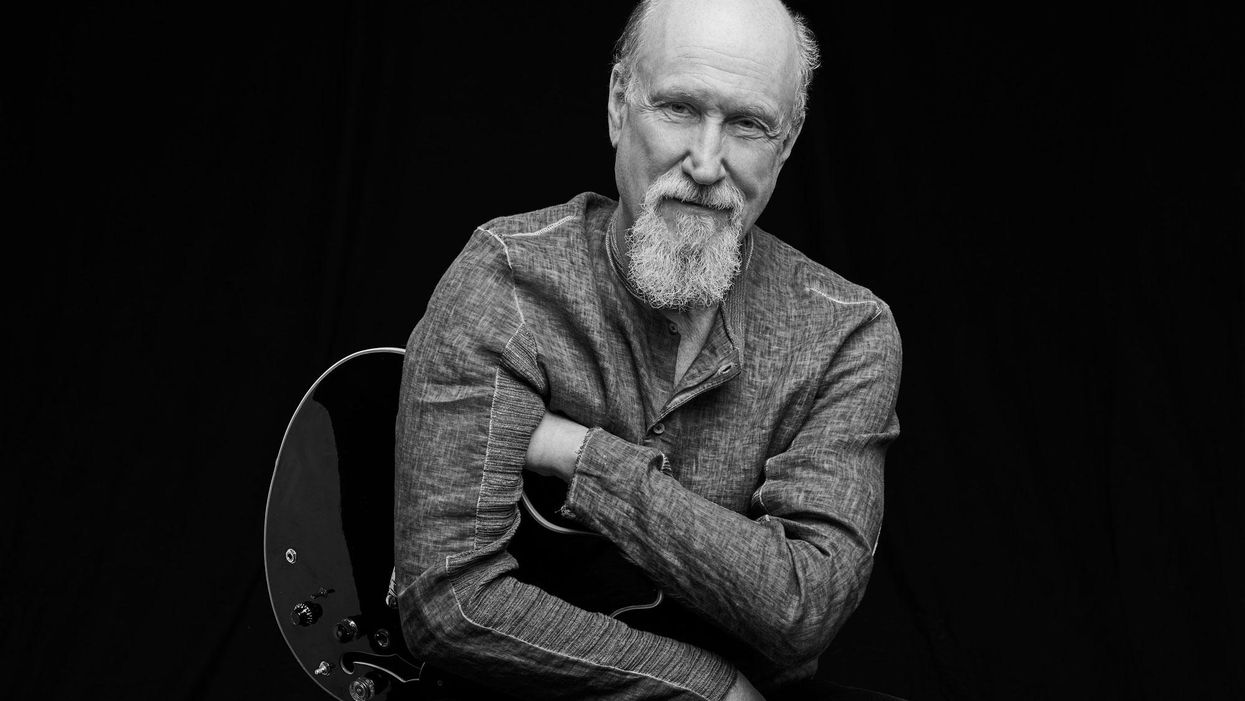
![Rig Rundown: Russian Circles’ Mike Sullivan [2025]](https://www.premierguitar.com/media-library/youtube.jpg?id=62303631&width=1245&height=700&quality=70&coordinates=0%2C0%2C0%2C0)
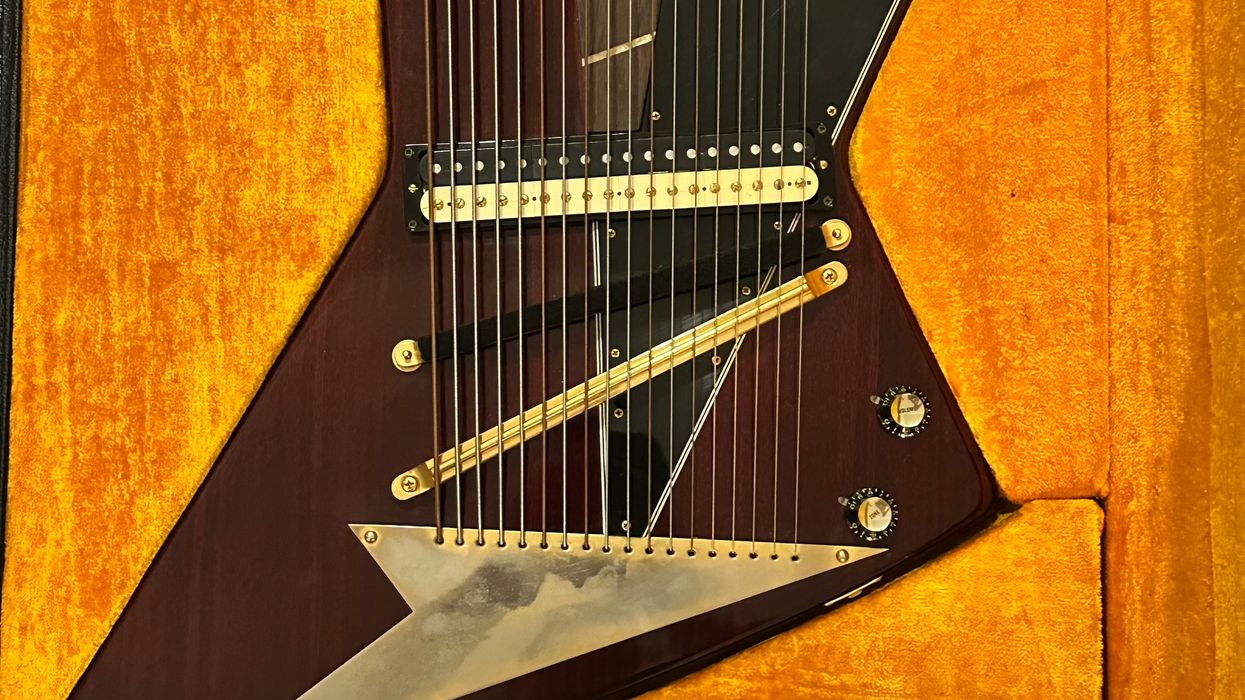
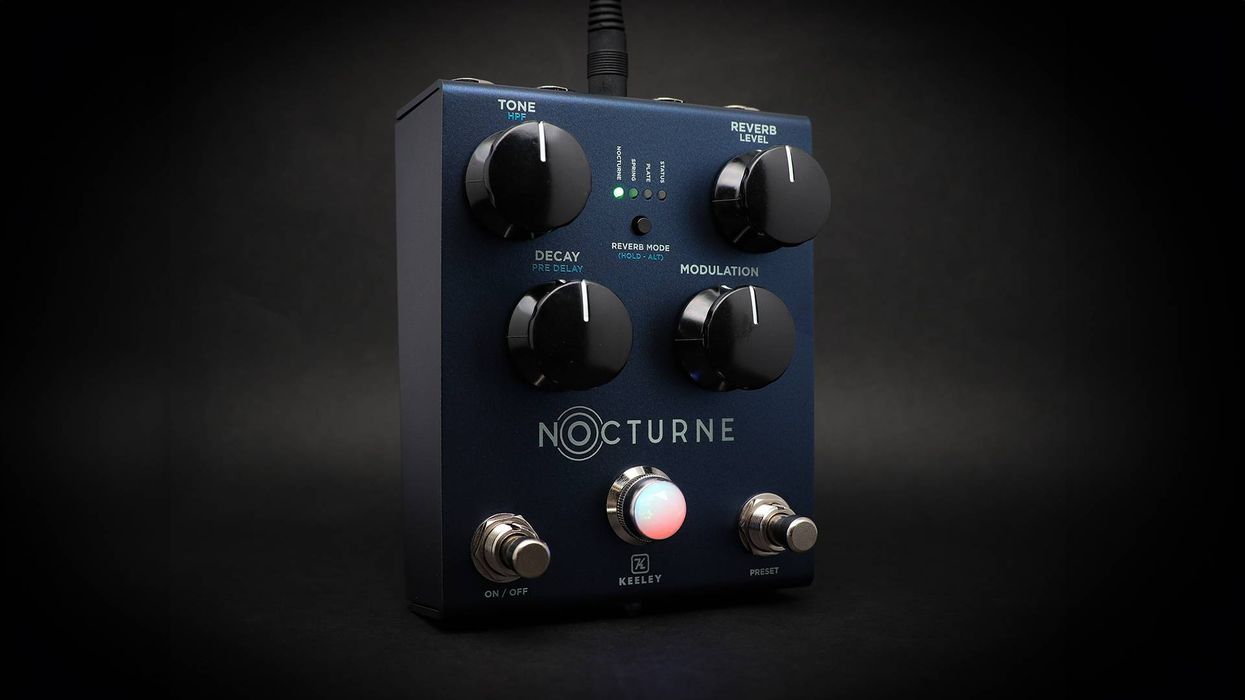

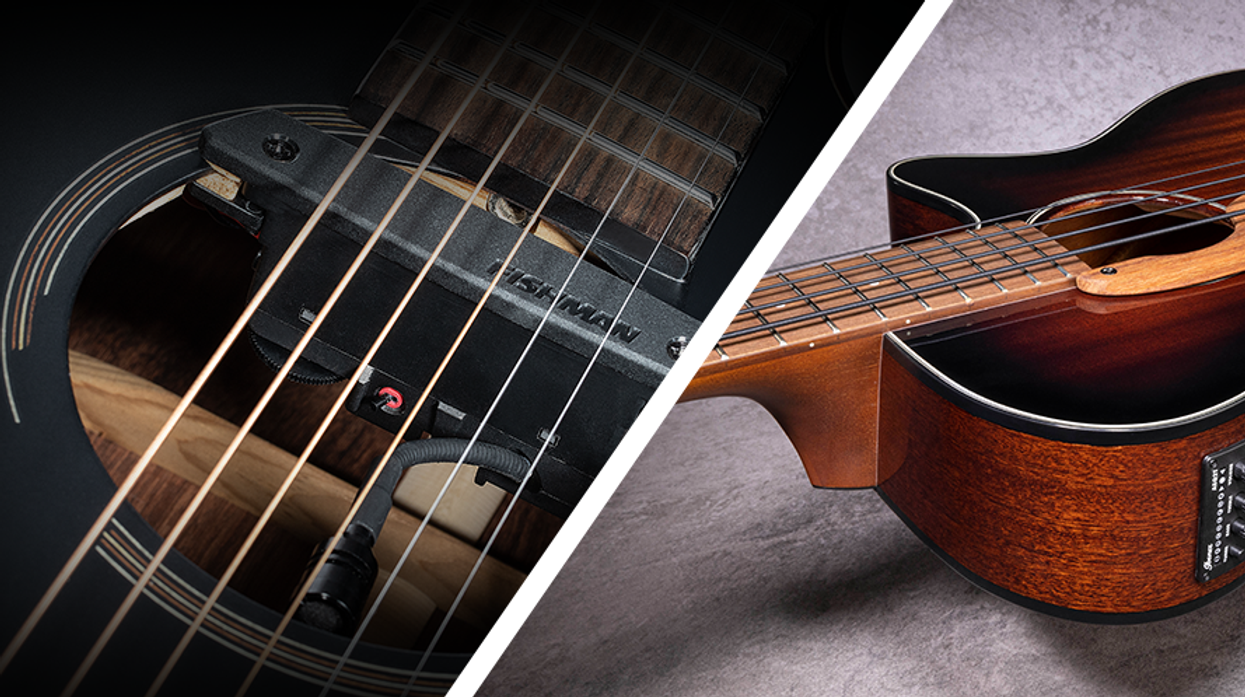
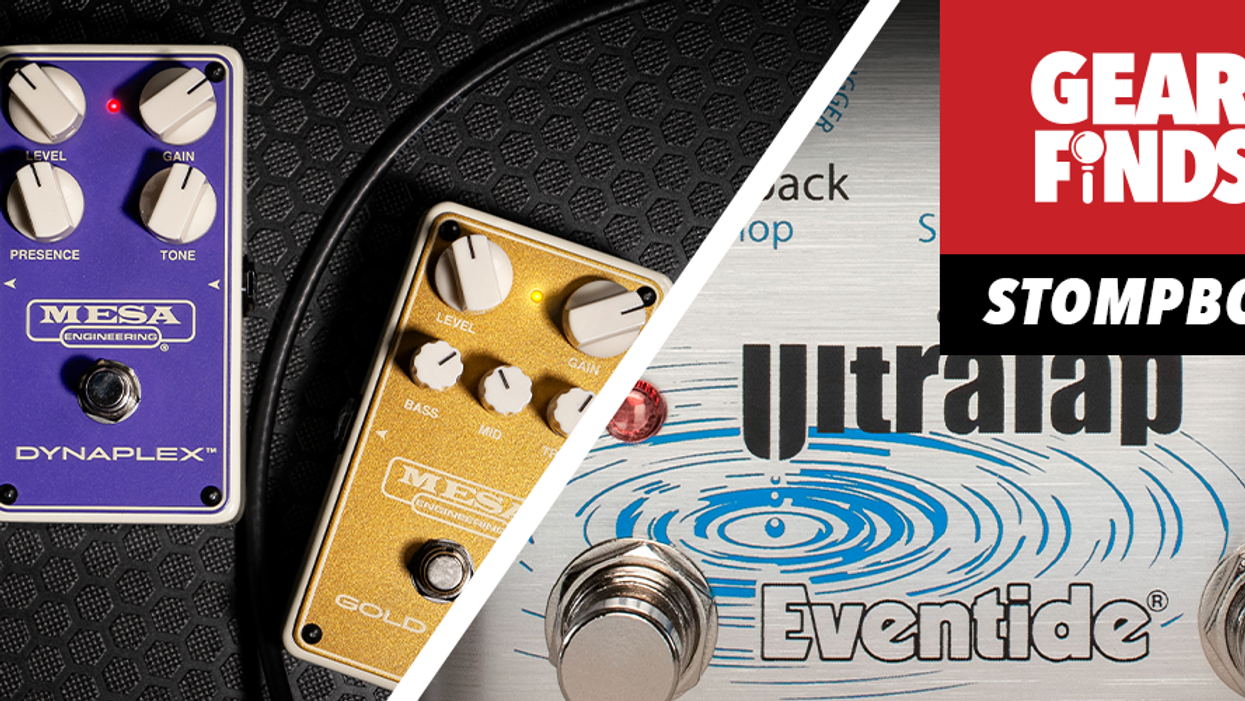










![Rig Rundown: AFI [2025]](https://www.premierguitar.com/media-library/youtube.jpg?id=62064741&width=1245&height=700&quality=70&coordinates=0%2C0%2C0%2C0)




















 Zach loves his Sovtek Mig 60 head, which he plays through a cab he built himself at a pipe-organ shop in Denver. Every glue joint is lined with thin leather for maximum air tightness, and it’s stocked with Celestion G12M Greenback speakers.
Zach loves his Sovtek Mig 60 head, which he plays through a cab he built himself at a pipe-organ shop in Denver. Every glue joint is lined with thin leather for maximum air tightness, and it’s stocked with Celestion G12M Greenback speakers.











